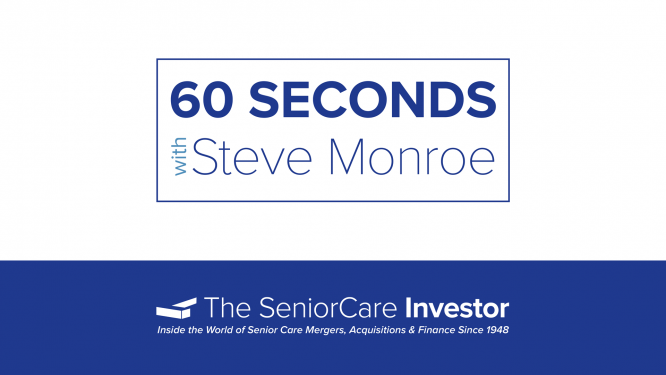


Seniors Housing Cap Rate Spread Narrows
One would expect that in bull markets, the seniors housing (independent and assisted living) cap rate would fall, while the 10-year treasury rate would rise, making the spread between the two smaller, and vice versa for bear markets. But we have been in an historically low interest rate period throughout most of 2017, while at the same time in the midst of a continued bull market for seniors housing, highlighted by record-high prices and record-low cap rates. Per the 23rd Edition of The Senior Care Acquisition Report. The spread between the cap rate and 10-year Treasury Rate fell from 640 basis points in 2016 to 520 basis points in 2017, tied for the lowest seen in the last decade. That... Read More »
To Build, or To Buy
One thing on the minds of many is that in these heady times in senior care M&A and development, investors are faced with a dilemma: whether to build, or buy (or both). Ben Swett here filling in for Steve Monroe, who is currently wandering around the Argentum conference in San Diego. One thing on the minds of many there is that in these heady times in senior care M&A and development, investors are faced with a dilemma: whether to build, or buy (or both). Buying existing properties comes with its obvious benefits, like cash flow and local brand recognition. But, what a senior wants in a community has changed over the years, meaning that those properties built 10, 20 or 50 years ago... Read More »
Go Big Or Go Small In Seniors Housing?
Did size matter when it came to pricing a seniors housing (independent living and assisted living) community? Yes, it did, as the difference in average cap rates from the smallest communities (under 50 units) and the larger communities (90 units and above) grew to its widest gulf ever recorded (back to 2003) at 180 basis points, tying 2015’s difference, according to the 23rd Edition of The Senior Care Acquisition Report. Generally speaking, the smaller the community, the fewer economies of scale and the harder it is to generate significant cash flow, especially since the loss of one or two residents can have a more significant impact on the bottom line. Larger communities, including most... Read More »
Weighting the Seniors Housing Cap Rate By Units
The average seniors housing (independent living and assisted living, combined) cap rate resumed its downward trend that began after the Great Recession and strayed only one year (in 2016), hitting a new record low too, at 7.5%, according to the 23rd Edition of The Senior Care Acquisition Report. However, when weighted by units, the average seniors housing cap rate dropped even more significantly year over year, from 7.1% in 2015 (the previous record-low) to 6.6% in 2017, which was a full 90 basis points lower than the unweighted average for the year. What has changed year over year to merit such a drop? As always it comes down to the quality of properties sold during the year, with 2017... Read More »
